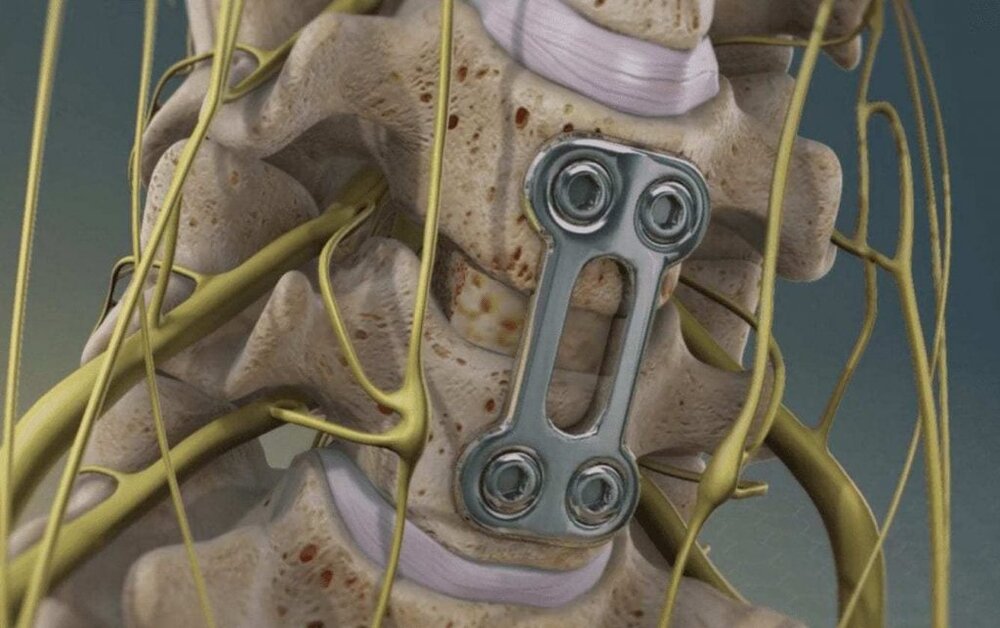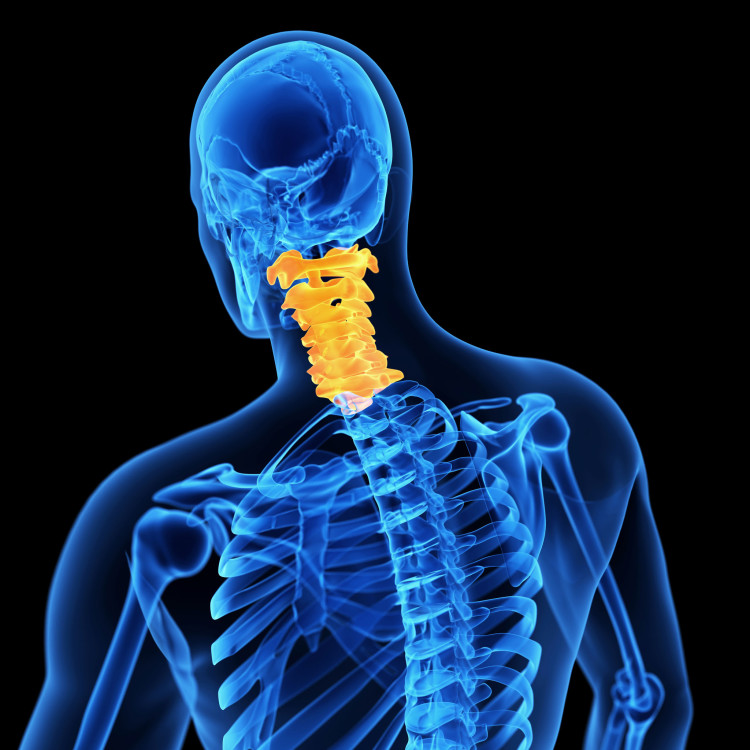ACDF

Introduction
Anterior cervical discectomy and fusion (ACDF) is a surgery performed on the neck region. A damaged disc is removed, relieving pressure from the nerve, hence treating pain, numbness, and tingling in the spine.
The surgery has two parts. First is the anterior cervical discectomy. In this, the surgery is performed from the anterior side of the neck and the target disc is removed. This second part of the surgery is the fusion. It involves placing an implant in place on the removed disc. This proves strength and stability to the spine. ACDF Surgery is commonly done to treat symptomatic cervical herniated disc and cervical degenerative disc disease. It is also performed to remove bone spurs in the neck caused by arthritis and to reduce symptoms of cervical spinal stenosis.

Why is it performed?
It is performed to treat cervical spine disorders that compress the spinal cord or nerve roots and result in cervical spondylosis, degenerative disc disease, or ruptured discs, ACDF is a surgical technique. By removing the troubled disc and fusing the neighboring vertebrae, the surgery eases pressure on the nerves, restore stability, and lessens pain.
How is it performed?
To reach the cervical spine, the surgeon creates a little incision in the front of the neck. A bone graft or spacer is placed to preserve the disc space after the injured disc has been carefully removed. To support the region and encourage fusion, screws, and plates may be utilized. After that, the incision is sealed, and it may take several months for the vertebrae to fuse.
Possible complications
Nerve compression may usually be relieved with ACDF, although as with any surgical procedure, some complications are possible.
- Hoarseness or difficulty swallowing as a result of nerve and throat irritation
- Bleeding or infection at the surgery location
- Damage to the nerves that causes weakness or chronic pain
- Hardware failure or relocation
